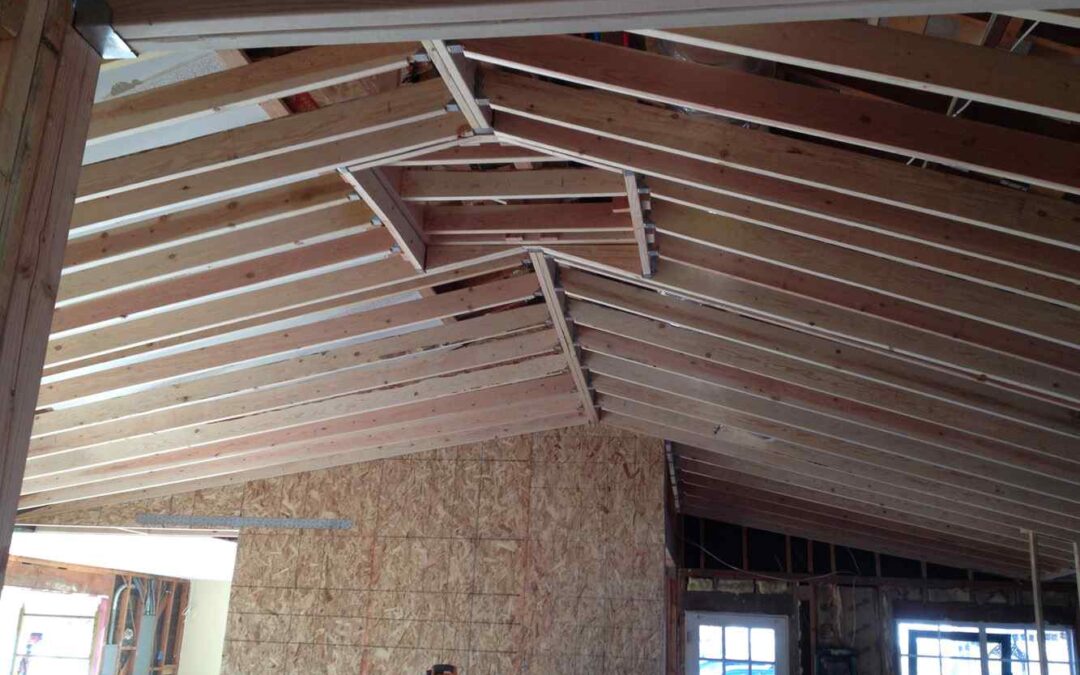All homeowner’s at some point in the near distant future will arrive at a place where your family has outgrown the limits of your four walls. Simply put you are in a desperate need for a little more space. Some dream of what it would be like to have an illustrious or elegant bathroom that they can enjoy after a strenuous day at the office. Others would appreciate or welcome just a little more space in the kitchen to limit the morning traffic flow while they warm up to a cup of java. Whatever the case may be, once you start exploring your consumer options and receiving quotes or bids for a room addition, you may halt and stop dead in your tracks. On top of the astronomical expense, a room addition can be very intrusive to your current lifestyle. It’s time to think way outside of the box, not your average or run of the mill room addition. There are a couple less expensive or invasive alternatives that can give you the space you’ve been daydreaming about for a very long time. To help you out, we put together a few answers to frequently asked questions we get about micro-room additions and bump-outs.
Micro-Addition: Definition?
A micro-addition sometimes will be referenced as a bump out, is a way for homeowners to add ample space to the desired room. A micro-addition is functional and can be a beneficial extension to any room in the home. These small expansions add useable living space to a room and existing floor plan or design, the outcome in more comfort and increasing your property’s value. Because there is typically no need to lay the foundation or install heating & air conditioning, a micro-addition tends to be less spendy than a traditional home addition. This usually has an allure many homeowners. But consider this, a micro-addition will not have the same grand results as a complete room addition. It’s not the addition of a new room, but rather an expansion of an existing room by a small number of feet. For those in need of a new room, a micro-addition will not be the solution.
Benefits to micro-room additions?
As we previously mentioned, one of the biggest benefits of a bump-out is the cost. With a conventional room addition, there are many moving parts to create a new room. Because the micro-addition is expanding on a room that is already in place, it’s most likely you won’t need as many new updates, such as HVAC. If you’re looking to include more lighting or a new outlet, you’ll need an electrician and for bathroom bump-outs, an affordable local plumber comes in handy. Often, these bump-outs don’t use your existing roof, but have their own flat roof, eliminating the costs of a roof extension. But, you’re still significantly cutting costs by expanding a room. It also increases living space, which can have value when you decide to sell. Another benefit is that it’s less intrusive on your home. Often, whole room addition can put out an entire family for some time. There’s the concern about dust and debris into other areas, not to mention pros in and out. While an entire room addition can be a great thing, it’s a commitment that your household will have to make for a specified amount of time. Finally, a micro-addition has minimal impact on your home’s exterior. It’s easy to blend in with your existing design and yard space.
Where will a micro- room addition make the most impact?
You may be asking yourself now where you could use a small extension in your house? While there are many rooms you can bump-out, some will make a huge impact here are a few tips.
Bathroom
Many small bathrooms can benefit from a micro-addition. You’d be surprised at what just a difference it can make. Consider this space for a new soaking tub or larger shower.
Kitchen
If there are too many chefs in the kitchen, it might be time to add a little more space. A kitchen bump-out can increase your cooking space. A small addition can become that cozy breakfast nook you’ve always dreamed of!
Living Room
A living room micro-addition can be the perfect amount for your living room. Transform your space into a home theater or use this small nook as a home office.
Bedroom
I’m sure everyone could use more storage space in their bedroom. A micro-addition can be the perfect solution. Turn this new space into his and hers closets that or a new window to brighten up your bedroom.
What are the costs of a room addition?
When all is considered, the cost is a major factor for your new addition. The average cost to build an addition is $46,238. However, with a bump-out, this cost is sure to change as the size and construction needed will be much different. Also consider the additional cost of permits, electrical and plumbing if needed. It’s very important to know if a home addition is right for you, big or small. In most cases, it may be just the right time for a room addition, to avoid a more expensive move to a larger home. Evaluate your needs, wants and investigate the costs associated with each.
In Conclusion
A micro-addition is a great solution for any family looking to expand their home, but not wanting to spend a small fortune. Be sure to research your options and plan accordingly for what home you’ll be adding on to in your home, so you can make the best investment plausible.





